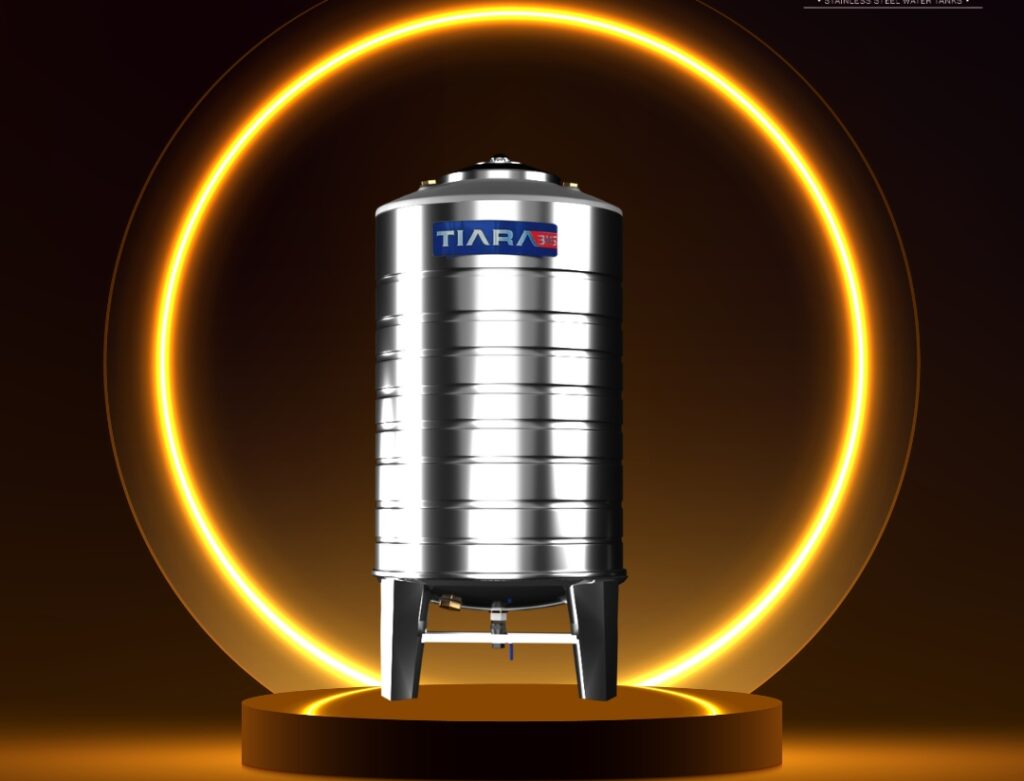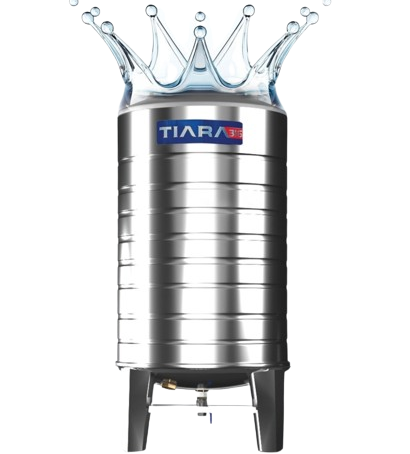
Introduction
When it comes to selecting the appropriate material for water tanks, stainless steel stands out for its durability and resistance to corrosion. However, not all stainless steel is created equal. Different grades of stainless steel offer varying properties and are suited for specific applications. Understanding these grades can help in choosing the right type of stainless steel for water tanks, ensuring optimal performance and longevity. Here’s a closer look at the different grades of stainless steel commonly used in water tanks and their specific uses.
1. Grade 304 Stainless Steel
Overview: Grade 304 is the most commonly used stainless steel grade. It belongs to the 300 series of stainless steel and is known for its excellent corrosion resistance and high formability.
Composition: It contains 18% chromium and 8% nickel, which contribute to its resistance to oxidation and corrosion.
Uses in Water Tanks: Due to its robust properties, Grade 304 stainless steel is often used in residential and commercial water tanks. It is suitable for environments where the water is not excessively acidic or alkaline. Its resistance to rust and stain makes it a popular choice for many water storage applications.
Advantages:
- 1. Good resistance to a wide range of chemicals.
- 2. Highly durable and resistant to rust.
- 3. Ideal for environments with moderate temperatures.
2. 316 Grade Stainless Steel
Overview: Stainless steel 316 grade is known for its superior resistance to corrosion, particularly in chloride environments. It is also part of the 300 series but includes molybdenum, which enhances its corrosion resistance.
Composition: This grade contains 16% chromium, 10% nickel, and 2% molybdenum.
Uses in Water Tanks: Grade 316 is often used in water tanks exposed to harsh conditions or high salinity environments, such as coastal areas or industrial applications. It is particularly useful where the water may be more corrosive, such as in marine or chemical environments.
Advantages:
- 1. Excellent resistance to pitting and crevice corrosion.
- 2. Superior performance in marine and chloride environments.
- 3. Maintains integrity under high-temperature conditions.

3. Grade 430 Stainless Steel
Overview: Grade 430 is a ferritic stainless steel, which means it has a different microstructure compared to the austenitic grades like 304 and 316. It is known for its resistance to oxidation and good formability.
Composition: It contains 16-18% chromium and minimal nickel, making it less resistant to corrosion compared to the 300 series grades.
Uses in Water Tanks: This grade is less commonly used for water tanks compared to Grades 304 and 316 but may be chosen for applications where cost is a major consideration, and the water quality does not pose a significant risk of corrosion.
Advantages:
- 1. Cost-effective compared to austenitic grades.
- 2. Good resistance to atmospheric corrosion and oxidation.
- 3. Suitable for less demanding water storage applications.
4. Grade 2205 Duplex Stainless Steel
Overview: Grade 2205 is a duplex stainless steel, which combines the properties of both austenitic and ferritic stainless steels. It is known for its high strength and resistance to corrosion.
Composition: It includes 22% chromium, 5% nickel, and 3% molybdenum.
Uses in Water Tanks: This grade is used in highly corrosive environments or in cases where higher strength is required. It is particularly useful in large-scale industrial applications where both corrosion resistance and mechanical strength are critical.
Advantages:
- 1. High strength and durability.
- 2. Excellent resistance to stress corrosion cracking.
- 3. Suitable for very demanding environments.
Conclusion
Choosing the best grade of stainless steel tanks involves considering factors such as the environmental conditions, water quality, and the specific requirements of the application. Grades 304 and 316 are commonly used for their excellent corrosion resistance and durability, while Grade 430 is more cost-effective for less demanding applications. For extreme conditions, Grade 2205 duplex stainless steel offers superior strength and resistance. By understanding the distinct properties of each grade, one can make an informed decision that ensures long-lasting and reliable water storage solutions.


